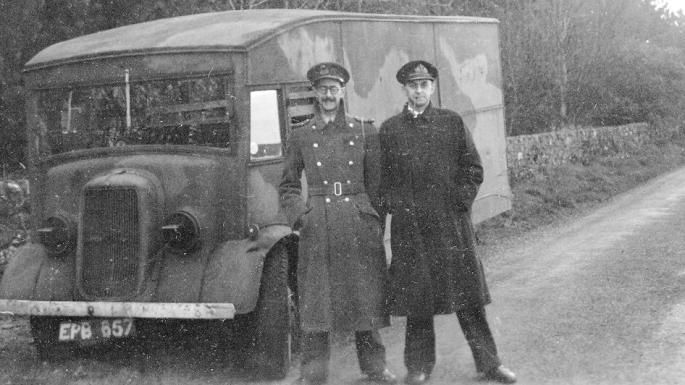In 1939, a little known British intelligence officer, along with his superior, drafted a series of ideas for intelligence operations against the Germans.
Many of these operations were designed to make the Germans believe one thing would happen, while another was executed instead.
These plans were called the “Trout memo” (because successful fly-fishing for trout was contingent on having the fish believe the fishing fly was real).
One of its authors? Lieutenant Commander Ian Fleming, who would go on to great fame after the war as the author of the James Bond books. However, other officers would carry out the plan described below.
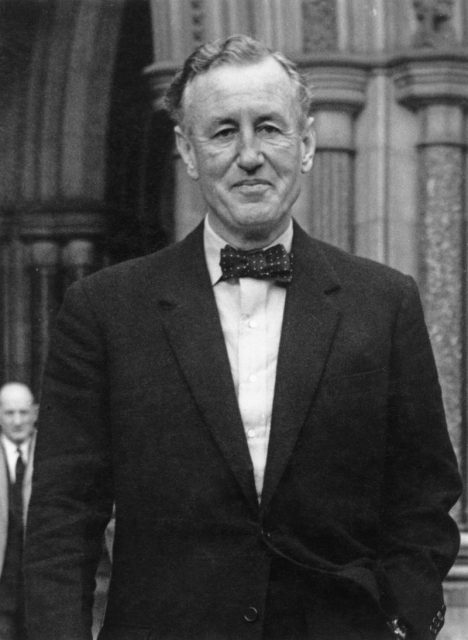
For the latter part of 1942 and the early part of 1943, debate raged in Allied headquarters over where the forces of the British Empire and the United States should invade next.
Their campaign in North Africa was coming to a successful close, and both they and their Soviet allies were eager to begin the invasion of Europe itself.
Churchill was eager to attack somewhere in the Mediterranean. His powerful arguments and facts argued against the French invasion and for an invasion somewhere along the southern coast of Europe. The debate then was: which to invade, Italy via the island of Sicily or the Balkan peninsula via Greece?

Sicily was close to Africa, where Allied troops were already deployed. Invading Italy might result in the fall of Mussolini’s government. It was also the shortest route to Germany. Invading the Balkans through Greece would liberate an ancient British ally, and possibly cut Germany off from important Romanian oil. Another more secret objective would occur if the Western Allies could advance northward into Central Europe before the Soviets did. Arguments on both sides were sound, but the argument for invading Italy via Sicily was the better one.
Among the many preparations that needed to be made before such an operation could take place were the gathering of information and the dissemination of false information. To that end, British intelligence took up one of the ideas in Fleming’s memo and came up with “Operation Mincemeat”.
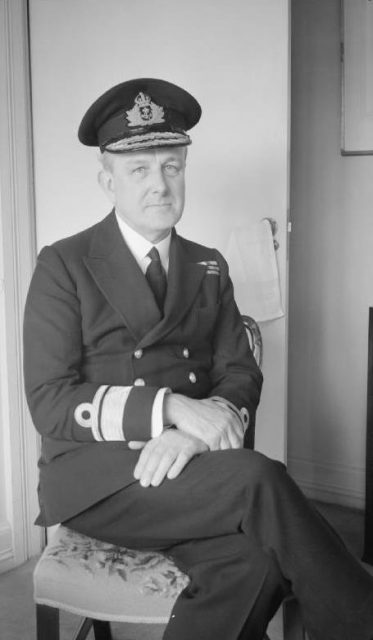
A body would be set adrift off the coast of Spain when tides would likely carry it ashore. The corpse would be dressed in a British uniform and false plans about an upcoming invasion of Greece would be planted on it.
Knowing that the fascist government in Spain had previously forwarded intelligence to the Germans, it was hoped that in a short time, the Germans would be reading the false plans for a Greek invasion and react accordingly.

This was not as easy as it sounds. A fresh corpse of a military age man had to be found. Second, a back-story needed to be created for him – one without holes.
On his person (in his pockets, briefcase) had to be what the intelligence services called “litter,” the little pieces of paper, photos, ticket stubs, etc. that people usually carried and which could say much about them.
His body (inside and out) had to be in such a state that one would believe he had drowned after a shipwreck or falling overboard.
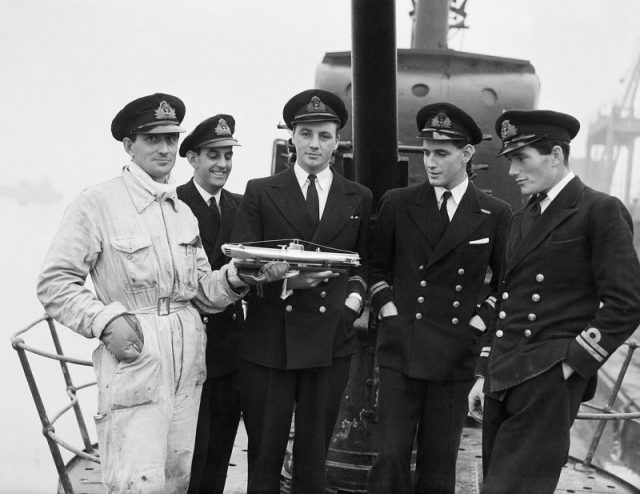
First, the body. London, like any other big city, had its share of indigent people. The corpse of a man was found, a Welsh tramp named Glyndwr Michel who had died from eating rat poison. Concerned that the poison would be picked up in an autopsy, along with the notion that the man did not die from drowning, the British reasoned this way: in the ultra-Catholic Spain of the time, an autopsy was frowned upon. A cursory observation, combined with the already implanted notion that the body had been at sea would cause the Spanish authorities to conclude that the man had drowned. Secondly, the amount of rat poison was relatively minute. Lastly, the body’s lungs would be filled with water.
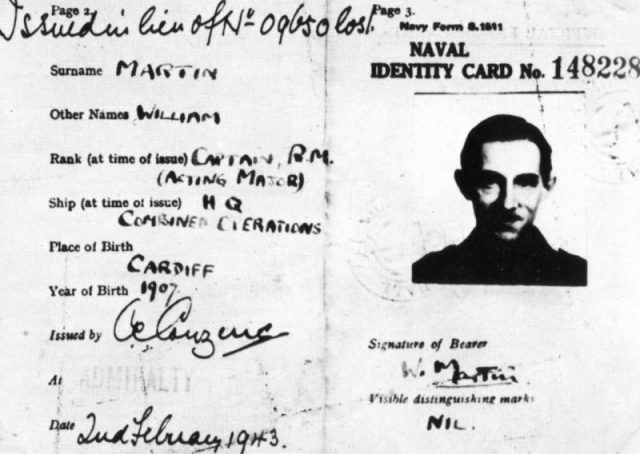
What to do about the photograph on the corpses “official” ID? A British officer was found that looked very much like the corpse had it not been somewhat…aged (it had not begun to decompose, but hardly looked “lively” and was kept cold enough to hold off decomposition — but not frozen, which could be detected on the skin). In this manner, Glyndwr Michel became Captain (Acting Major) William Martin of the Royal Marines.
Letters and photos were planted on his body from a fictional love. These letters were given a special treatment so the inks were not worn off in seawater, at least for a prolonged period.
Things You May Not Know About James Bond
To establish dates that went along with the plans planted on the body were tickets to shows in London, lodging bills, and a receipt for a new shirt. So was much else.
The corpses uniform was worn for a few days by one of the officers who had come up with the plan to make the uniform look broken in.
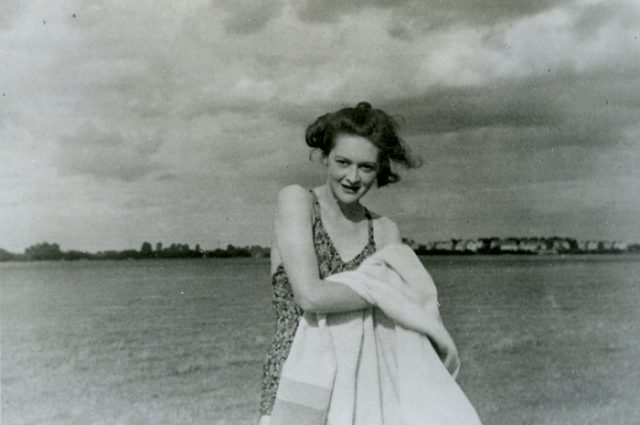
The documents had to be fool-proof. It was decided that they would not be “official,” but in the form of a letter from the vice chief of the Imperial General Staff to the head of military operations in the Mediterranean, British general Harold Alexander. Other unimportant military documents were included for veracity.
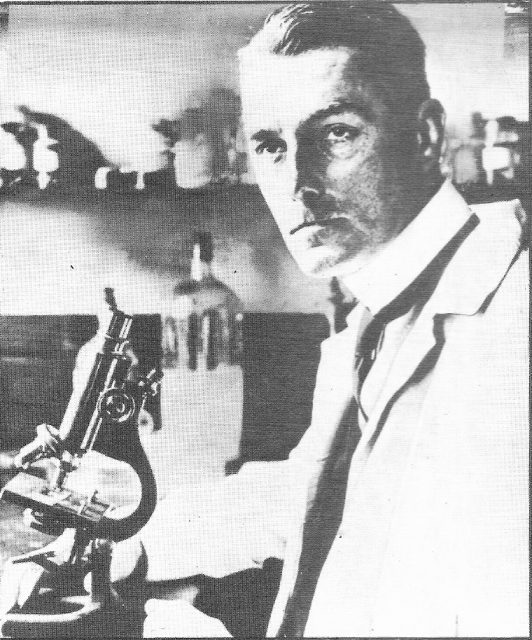
The letter would contain much information, some of it relatively trivial, such as the issue of British soldiers in American service receiving the Purple Heart. Other items included banalities such as passing on greetings to acquaintances. The important part of the letter would tell of plans to invade Greece.
The letter would be in a sealed envelope. Inside the envelope would be an eyelash. It was believed and hoped that the Spanish would give the envelope or information to the Germans, then, as a neutral nation, return “Major Martin’s” property. No eyelash, the British would know the contents had been read.
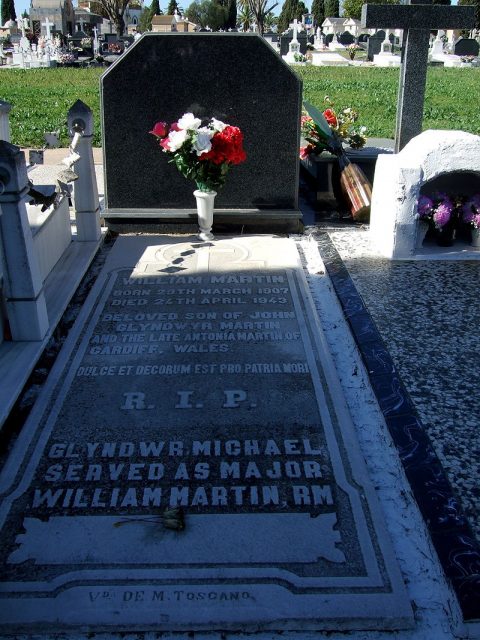
On the morning of April 30, 1943, at the western Spanish coastal town of Huelva, a fisherman found a body. It was taken to the local constabulary, who summoned naval personnel. In the one day the Spanish had the body, they conducted a preliminary exam and examined the contents of the briefcase which had been handcuffed to it. The letter was cleverly extracted without opening the envelope. It was carefully pried open between the lip of the envelope and the body. But…the eyelash fell out. The British knew it had been read.
The British diplomat showed up and dissuaded the already hesitant Spanish from conducting an autopsy saying that the heat was already doing its job, and the stench of the body was awful. Out of respect for the dead, could the body not be interred? “Major Martin’s” gravestone is in Spain but was updated to include the name, Glyndwr Michel, in the 1990’s.
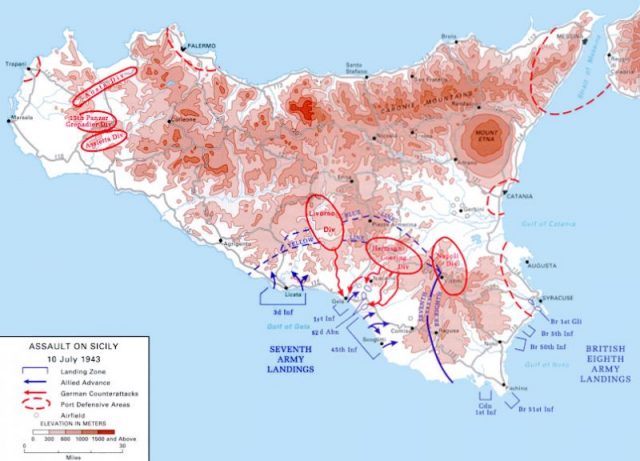
In the end, Hitler diverted significant numbers of troops to both Greece and Sardinia. He withdrew seven divisions to Greece from the Eastern Front (where they could not be more needed), and sent a further ten to Yugoslavia.
Even after Operation Husky, the invasion of Sicily began, Hitler believed the Allies were going to invade Greece and withdrew even more troops from the Russian front, where they had been fighting in the monumental and key Battle of Kursk.
Not bad for a tramp from Wales.
Matthew Gaskill holds an MA in European History and writes on a variety of topics from the Medieval World to WWII to genealogy and more. A former educator, he values curiosity and diligent research. He is the author of many best-selling Kindle works on Amazon.
